Description
Creating a handbook on **Mechanical Engineering** involves covering a wide range of fundamental concepts, practical knowledge, and tools relevant to the field. Below is an outline of key topics that should be included in such a handbook, with brief descriptions of each.
—
# **Mechanical Engineering Handbook**
## 1. **Introduction to Mechanical Engineering**
– **Definition and Scope**: Overview of mechanical engineering as a branch of engineering that involves the design, analysis, manufacturing, and maintenance of mechanical systems.
– **Core Areas**: Thermodynamics, fluid mechanics, materials science, control systems, and mechanical design.
## 2. **Basic Principles of Mechanics**
– **Statics**: Forces, moments, equilibrium, structures (beams, trusses), and free-body diagrams.
– **Dynamics**: Motion of bodies, kinematics, kinetics, Newton’s laws, work-energy principle, and impulse-momentum theory.
– **Strength of Materials**: Stress, strain, tensile testing, deformation, and failure criteria (yield strength, ultimate strength, fatigue).
– **Friction**: Laws of friction, lubrication, and wear.
## 3. **Materials Science**
– **Material Properties**: Elasticity, plasticity, thermal conductivity, hardness, toughness, and fatigue resistance.
– **Types of Materials**: Metals (steel, aluminum, titanium), polymers, ceramics, composites, and smart materials.
– **Material Selection**: Criteria for choosing materials for specific engineering applications.
## 4. **Thermodynamics**
– **Laws of Thermodynamics**: Energy conservation, entropy, and the application of thermodynamics in mechanical systems.
– **Thermodynamic Systems**: Open, closed, and isolated systems.
– **Heat Engines**: Carnot cycle, efficiency, Rankine cycle, refrigeration, and heat pumps.
– **Fluid Mechanics**: Fluid properties, Bernoulli’s equation, laminar and turbulent flow, Reynolds number, and flow through pipes and ducts.
## 5. **Fluid Mechanics**
– **Fluid Properties**: Density, viscosity, surface tension, and compressibility.
– **Fluid Statics and Dynamics**: Hydrostatic pressure, buoyancy, Navier-Stokes equations, and boundary layers.
– **Flow Analysis**: Continuity equation, momentum equation, energy equation, and flow measurement techniques.
– **Pumps and Compressors**: Types, performance curves, and applications.
## 6. **Mechanical Design**
– **Design Process**: Conceptual design, preliminary design, detailed design, and prototyping.
– **Stress Analysis**: Torsion, bending, shear, and axial loading in machine components.
– **Failure Theories**: Maximum shear stress, maximum normal stress, von Mises criterion, and fatigue failure.
– **Design for Manufacturing (DFM)**: Design principles to ease the manufacturing process and reduce cost.
## 7. **Manufacturing Processes**
– **Casting, Molding, and Forging**: Overview of traditional and advanced processes.
– **Machining**: Turning, milling, drilling, grinding, and modern machining techniques (CNC, laser cutting, 3D printing).
– **Joining Processes**: Welding, brazing, soldering, and adhesive bonding.
– **Additive Manufacturing**: 3D printing technologies (FDM, SLA, SLS), materials used, and applications.
## 8. **Control Systems**
– **Feedback and Control**: Open-loop and closed-loop control systems, PID controllers.
– **System Modeling**: Transfer functions, state-space representation, and system analysis techniques.
– **Automation**: Programmable Logic Controllers (PLC), robotics, and mechatronics.
## 9. **Heat Transfer**
– **Modes of Heat Transfer**: Conduction, convection, and radiation.
– **Heat Exchangers**: Types (shell and tube, plate), design principles, and applications.
– **Thermal Insulation**: Materials, effectiveness, and applications in energy conservation.
## 10. **Vibration and Acoustics**
– **Vibrations**: Free and forced vibrations, natural frequency, damping, resonance, and vibration isolation.
– **Acoustics**: Sound wave propagation, noise reduction, and material absorption.
## 11. **Energy Systems**
– **Renewable Energy**: Wind, solar, geothermal, and hydropower systems.
– **Internal Combustion Engines**: Thermodynamics of engines, fuel efficiency, emissions, and advancements in engine technology.
– **Energy Storage**: Batteries, flywheels, pumped hydro storage, and compressed air energy storage.
## 12. **Finite Element Analysis (FEA)**
– **Introduction to FEA**: Basic principles, meshing, boundary conditions, and solving problems using FEA.
– **Applications**: Stress analysis, heat transfer, vibration analysis, and fluid dynamics simulation.
– **Software Tools**: Overview of FEA software like ANSYS, Abaqus, and COMSOL.
## 13. **Mechanical Engineering Applications**
– **Automotive Engineering**: Engine design, transmission systems, suspension systems, and vehicle dynamics.
– **Aerospace Engineering**: Aircraft and spacecraft design, propulsion systems, aerodynamics, and materials for high-performance environments.
– **Biomechanics**: Application of mechanical principles to human movement, prosthetics, and medical devices.
– **Industrial Engineering**: Process optimization, supply chain management, lean manufacturing, and quality control.
## 14. **Engineering Ethics and Professionalism**
– **Ethical Standards**: Responsibility to society, environment, and safety.
– **Codes of Ethics**: Overview of ASME, IEEE, and other engineering bodies.
– **Sustainability**: Principles of sustainable engineering and designing with environmental impact in mind.
## 15. **Modern Trends in Mechanical Engineering**
– **Industry 4.0**: Smart factories, the Internet of Things (IoT), and advanced manufacturing technologies.
– **Artificial Intelligence and Machine Learning**: Applications in predictive maintenance, design optimization, and control systems.
– **Sustainable Design**: Circular economy, green manufacturing, and energy-efficient systems.
## 16. **Professional Development and Career**
– **Certifications**: Professional Engineer (PE), Six Sigma, Lean Manufacturing, CAD certification, and more.
– **Career Paths**: Engineering management, research and development, consulting, and academia.
– **Continuing Education**: Importance of lifelong learning, online courses, workshops, and professional societies.
—
### **Appendix**
– **Mathematical Tables**: Common engineering formulas, constants, and conversions.
– **References**: Recommended textbooks, journals, and research papers for further study.
– **Glossary of Terms**: Definitions of key mechanical engineering terms.
—
### **Conclusion**
A comprehensive **Mechanical Engineering Handbook** serves as a reference guide for students, professionals, and engineers to understand fundamental principles, technical knowledge, and current trends in the field. It combines theoretical concepts with practical applications and is an essential resource for advancing one’s career in mechanical engineering.
—
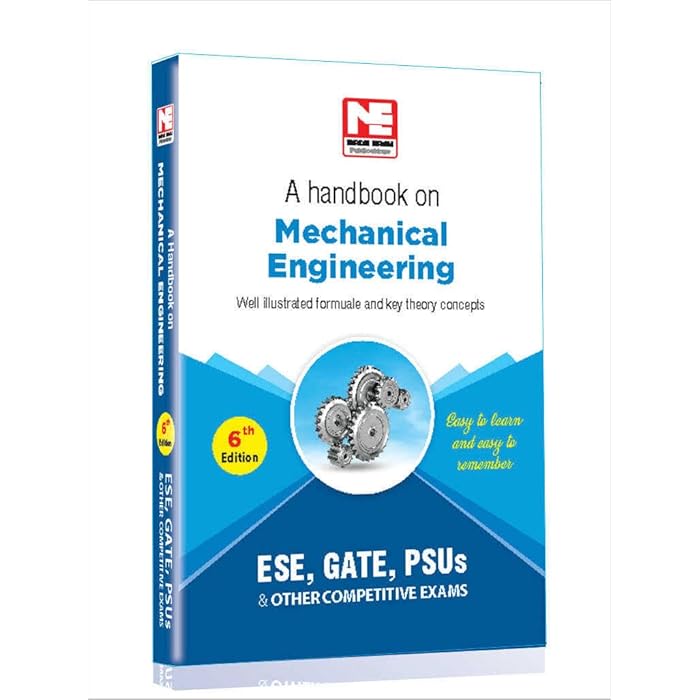
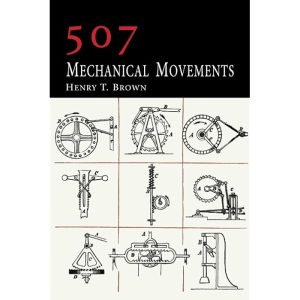
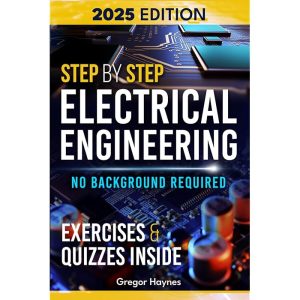
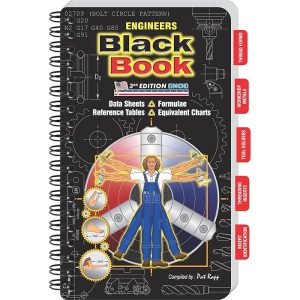

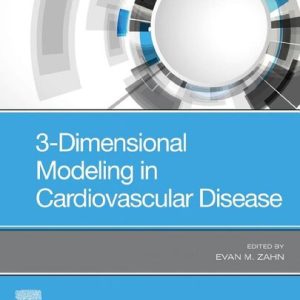

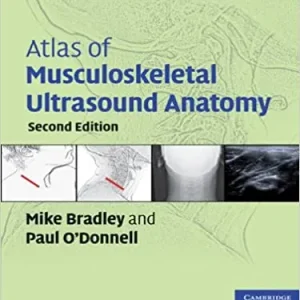
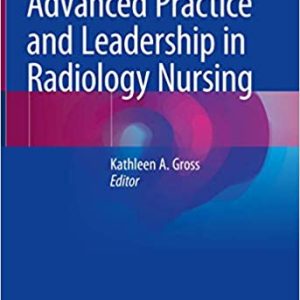

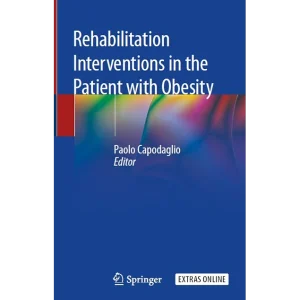


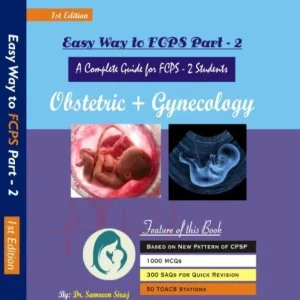
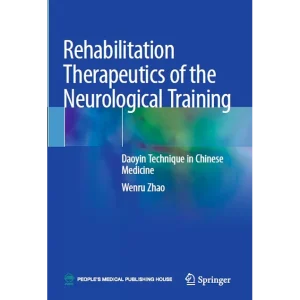

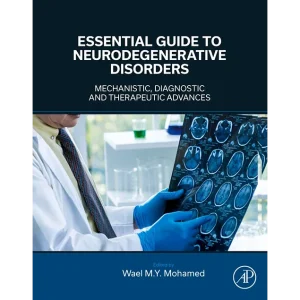

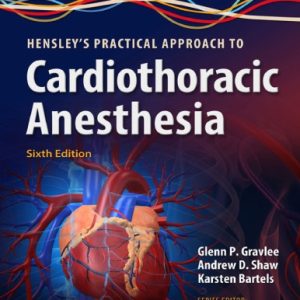



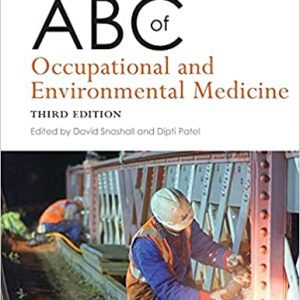

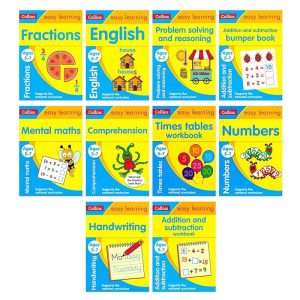
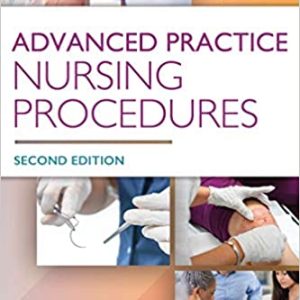



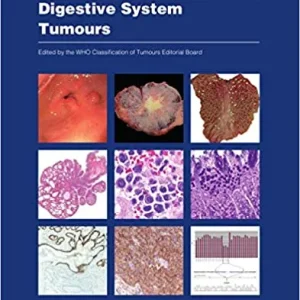



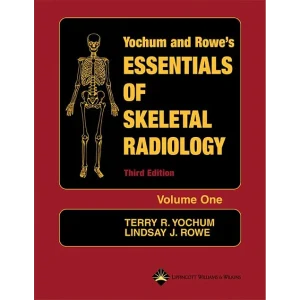



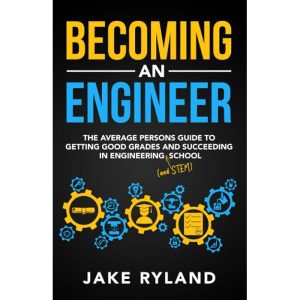



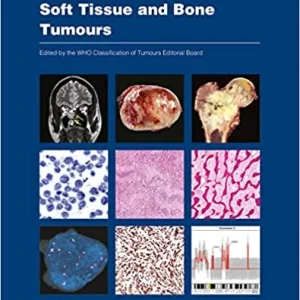
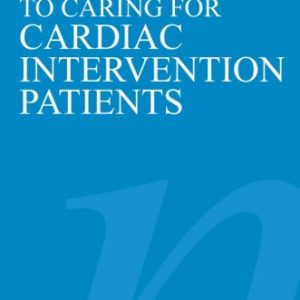









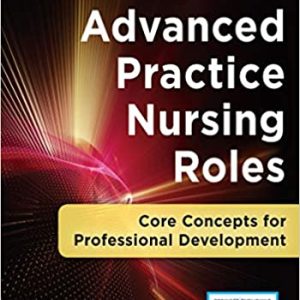



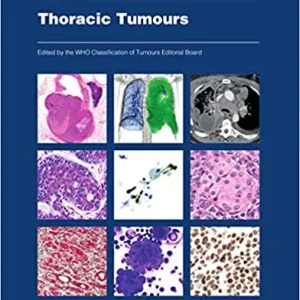
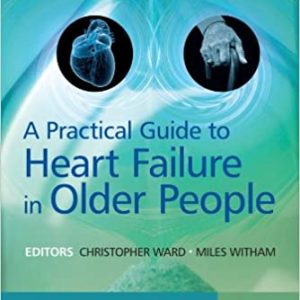



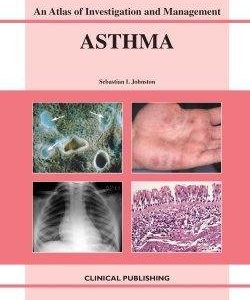



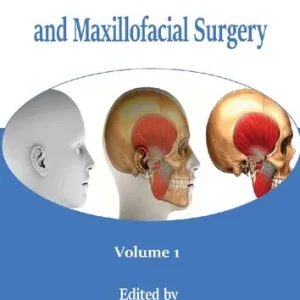

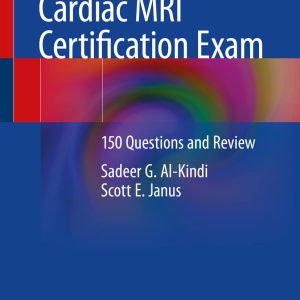
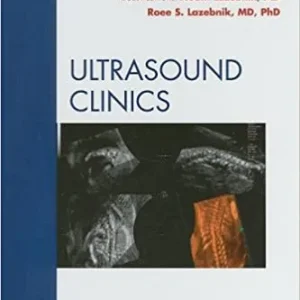


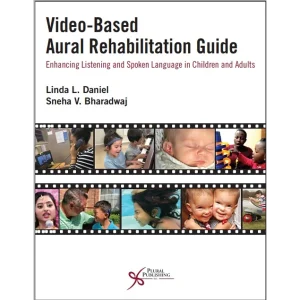


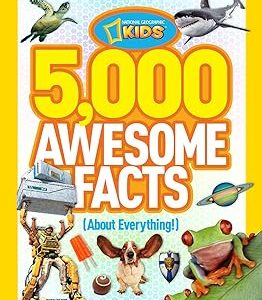


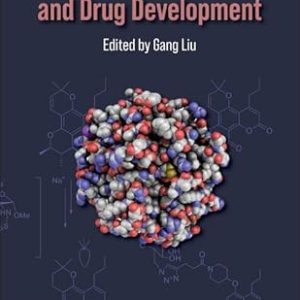
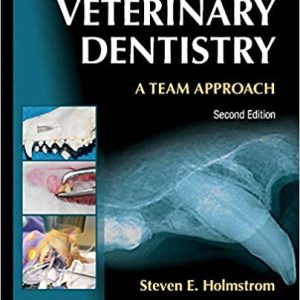
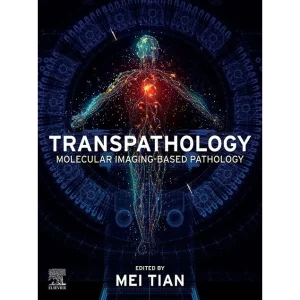

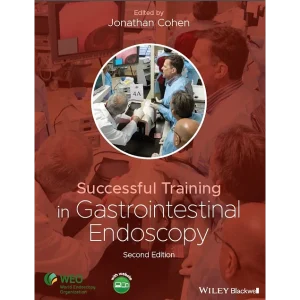

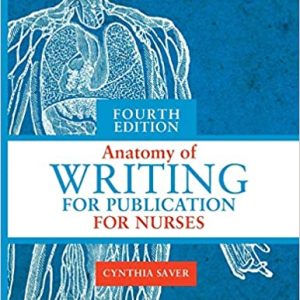
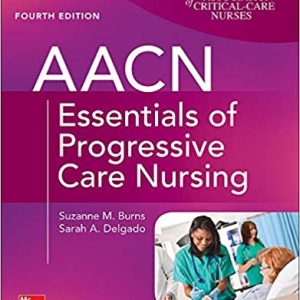
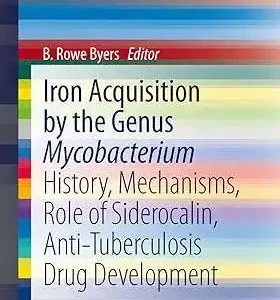


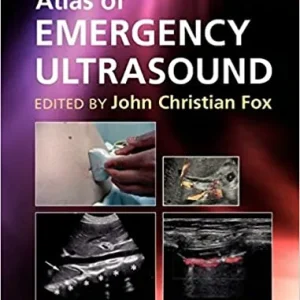





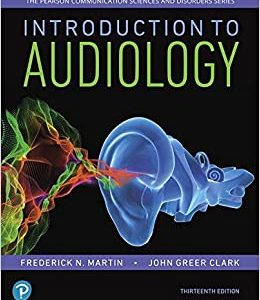
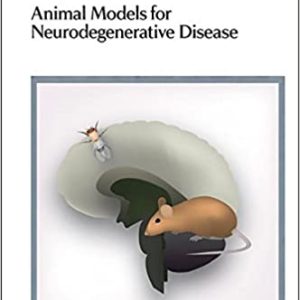
Reviews
There are no reviews yet.